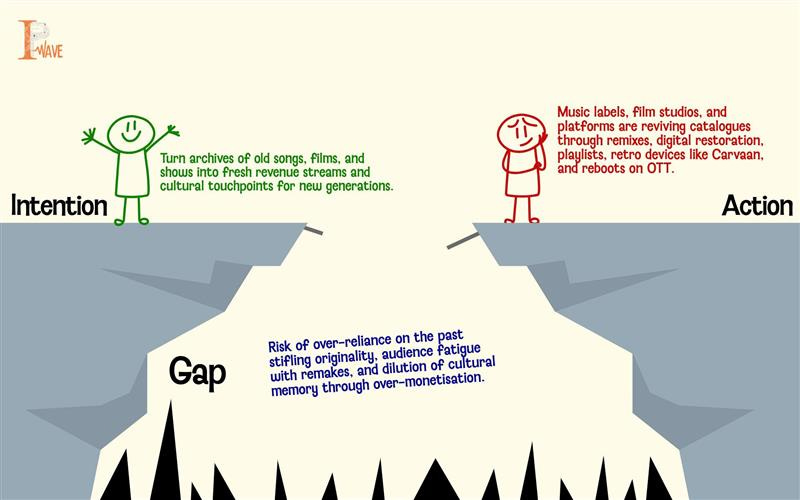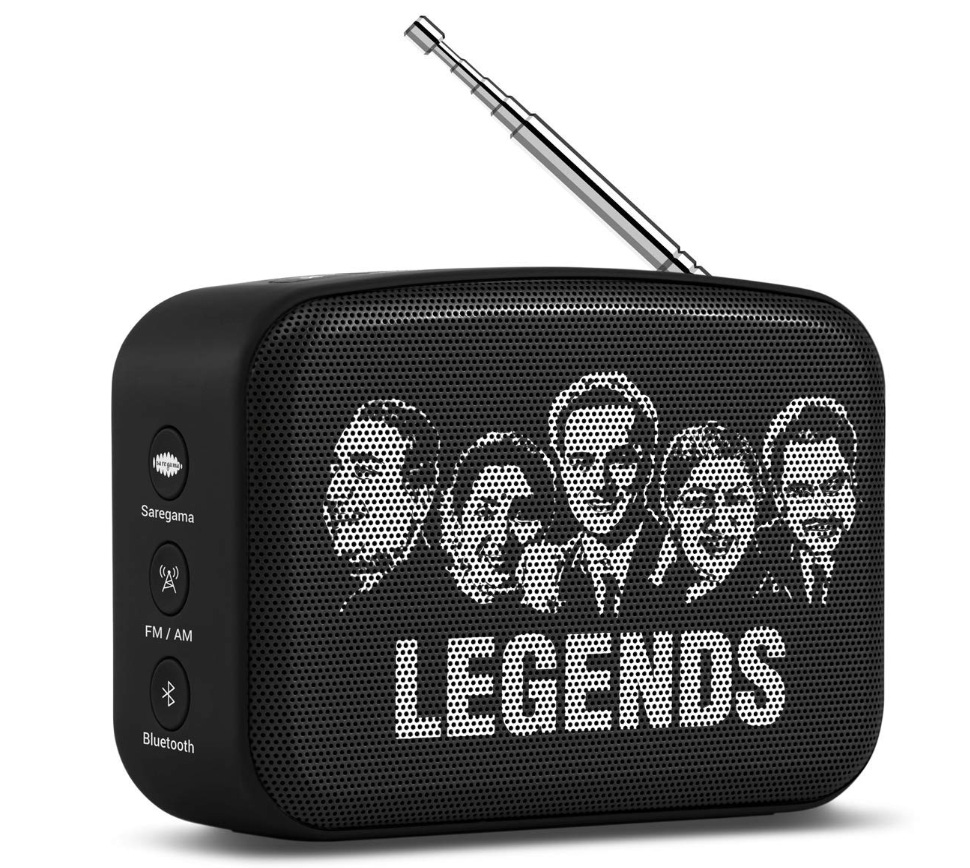Nostalgia Reloaded: How Old IP is Powering India’s New Media Economy
In India’s media landscape, the past is increasingly shaping the future. From remixes topping music charts to retro films finding a second life on OTT, nostalgia has emerged as one of the most reliable engines of growth. Companies are no longer treating their archives as dusty backrooms but as active revenue streams. Old intellectual property—songs, films, television shows—is being revived, repackaged, and monetised in ways that were impossible even a decade ago.
The clearest example is the music industry. Saregama, one of India’s oldest music labels, has built a renewed business model on its vast catalogue. Its Carvaan device, pre-loaded with retro Hindi tracks, became a cultural phenomenon by blending nostalgia with convenience. But the real transformation is digital: as streaming platforms rely heavily on algorithms and metadata, classic songs are constantly resurfacing in curated playlists. For younger listeners, these tracks arrive as fresh discoveries; for older audiences, they’re a comfort zone. Either way, labels are seeing returns on recordings that were thought to have exhausted their commercial life.
Films and series are undergoing a similar revival. Streaming platforms, in their hunt for differentiated content, are acquiring rights to older films and shows to plug gaps in their catalogues. But the revival isn’t limited to passive consumption. Bollywood is leaning on remakes of classics—sometimes scene-by-scene, sometimes loosely inspired—to capture multigenerational audiences. What was once dismissed as creative recycling has now become a business strategy: the recognition factor of an old hit reduces marketing risk in a crowded entertainment market.
The nostalgia wave also intersects with live performance. Tribute concerts, retro nights, and revivals of old television shows are drawing strong crowds, particularly among millennials who grew up in the 1990s and early 2000s. Stage adaptations of classic films or reboots of old soap operas on digital platforms show how IP can travel across formats. A familiar character or tune becomes the anchor for entirely new experiences.
Technology is central to this trend. The rise of AI and digital restoration tools allows companies to remaster old visuals and audio, making them more palatable for today’s high-definition expectations. At the same time, data analytics help predict which archives are worth reviving. When user behaviour on streaming platforms shows unexpected spikes for a decades-old show or song, rights-holders can respond with targeted campaigns, remixes, or even full-scale reboots. The process of reviving nostalgia is no longer guesswork—it’s driven by audience signals in real time.
The appeal of nostalgia is not just commercial but psychological. In uncertain times, familiar sounds and stories offer a sense of stability. For Gen Z, who may not have lived through the original releases, retro content functions almost like cultural heritage, a way to participate in India’s collective memory. For older generations, it’s a return to formative moments. This dual appeal is what makes nostalgia such a powerful tool: it bridges audiences across age groups, creating common ground in an otherwise fragmented market.
However, there are risks. An industry over-reliant on the past can stifle originality. Audiences may tire of endless remakes or formulaic tributes. There is also the danger of over-monetisation, where every beloved track or film is rehashed to the point of dilution. For IP holders, the challenge is to balance nostalgia with innovation—to use the emotional pull of the past without becoming trapped by it.
Still, the opportunities are undeniable. In a content ecosystem where attention spans are short and competition is brutal, nostalgia provides a ready-made hook. It offers a starting point that new stories can build on. For India’s media economy, the lesson is clear: the archives are not a museum, they are a goldmine. And as technology enables ever more creative ways to mine them, nostalgia may prove to be the most modern business model of all.



